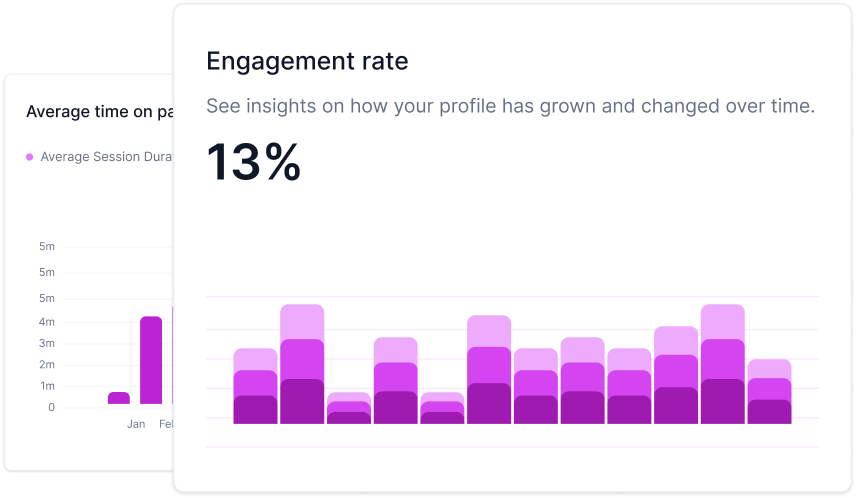What is the Drip Campaign?
A drip campaign is an automated email marketing strategy that involves sending a series of pre-scheduled, targeted emails to a specific audience over a defined period. These campaigns are designed to nurture leads, engage customers, and guide them through a journey or sales funnel with relevant content and messaging.
In the world of digital marketing, drip campaigns have emerged as a powerful strategy for engaging, nurturing, and converting leads into loyal customers. In this article, we'll explore what a drip campaign is, answer three fundamental questions, and provide insights into how to create, optimize, and measure the effectiveness of these automated marketing sequences.
What Is a Drip Campaign, and How Can I Create One for My Business or Marketing Goals?
A drip campaign, often called an automated email campaign, is a systematic and automated approach to sending a series of pre-scheduled emails to a specific audience over a defined period. These campaigns are designed to guide recipients through a journey, providing them with targeted content and messages that are relevant to their interests, actions, and stages in the customer lifecycle.
To create an effective drip campaign:
- Define Your Goals: Start by setting clear objectives for your campaign. Whether it's nurturing leads, promoting a product, or re-engaging past customers, having a well-defined purpose is crucial.
- Segment Your Audience: Divide your contact list into segments based on shared characteristics, such as demographics, behavior, or preferences. This segmentation allows for more personalized and relevant messaging.
- Craft Compelling Content: Develop a series of engaging and informative emails. Content can include educational resources, product information, promotions, and more, tailored to each segment's needs.
- Determine the Timing: Decide when and how frequently you'll send emails. The timing should align with the customer's journey and your overall campaign goals.
- Automation and Personalization: Utilize an email marketing platform with automation capabilities to deliver emails at the right time. Personalize emails to address recipients by their name and cater to their specific interests.
- Testing and Optimization: Continuously monitor the performance of your drip campaign and make data-driven adjustments to improve results.
What Types of Content and Messaging Work Best in a Drip Campaign, and How Can I Ensure Relevance for My Target Audience?
In a drip campaign, the choice of content and messaging plays a crucial role in engaging your audience. Here are some content and messaging strategies that work well:
- Educational Content: Provide valuable information that helps your audience solve problems or make informed decisions. This positions your brand as an authority and builds trust.
- Product Recommendations: Suggest relevant products or services based on the recipient's preferences, browsing history, or purchase behavior.
- Promotions and Offers: Offer exclusive discounts or promotions to incentivize conversions and purchases.
- Storytelling: Share compelling stories that connect with your audience emotionally, helping them relate to your brand and its values.
- Customer Reviews and Testimonials: Highlight social proof to build trust and demonstrate the positive experiences of previous customers.
- Personalized Messaging: Use dynamic content to address recipients by their name and tailor messages to their interests and interactions.
To ensure relevance:
- Segment your audience effectively, tailoring content to their specific interests and behaviors.
- Continuously refine your content strategy based on data and feedback.
- Use automation to trigger emails based on user interactions and behaviors, delivering the right message at the right time.
How Can I Measure the Success of My Drip Campaign and Make Data-Driven Improvements?
Measuring the success of your drip campaign involves tracking key performance indicators (KPIs) and making data-driven improvements. Here are some essential metrics to monitor:
- Open Rates: Measure how many recipients open your emails. Low open rates may indicate issues with subject lines or sender credibility.
- Click-Through Rates (CTR): Track how many recipients click on links or calls to action within your emails. A high CTR indicates engagement and interest.
- Conversion Rates: Measure the percentage of recipients who take the desired action, such as purchasing or filling out a form.
- Bounce and Unsubscribe Rates: Keep an eye on the number of emails that bounce (fail to deliver) or recipients who unsubscribe.
- Revenue Generated: If your campaign is sales-focused, track the revenue generated through email conversions.
To make data-driven improvements:
- Analyze which emails perform best and identify patterns.
- Test variations in subject lines, content, and timing to see what resonates most with your audience.
- Use A/B testing to experiment with different elements and measure their impact.
In conclusion, a well-executed drip campaign can significantly enhance your marketing efforts by delivering personalized, relevant content to your audience at the right time. By understanding the basics of drip campaigns, choosing the right content, and employing data-driven measurement and optimization, you can build more meaningful relationships with your customers and achieve your marketing goals effectively.

